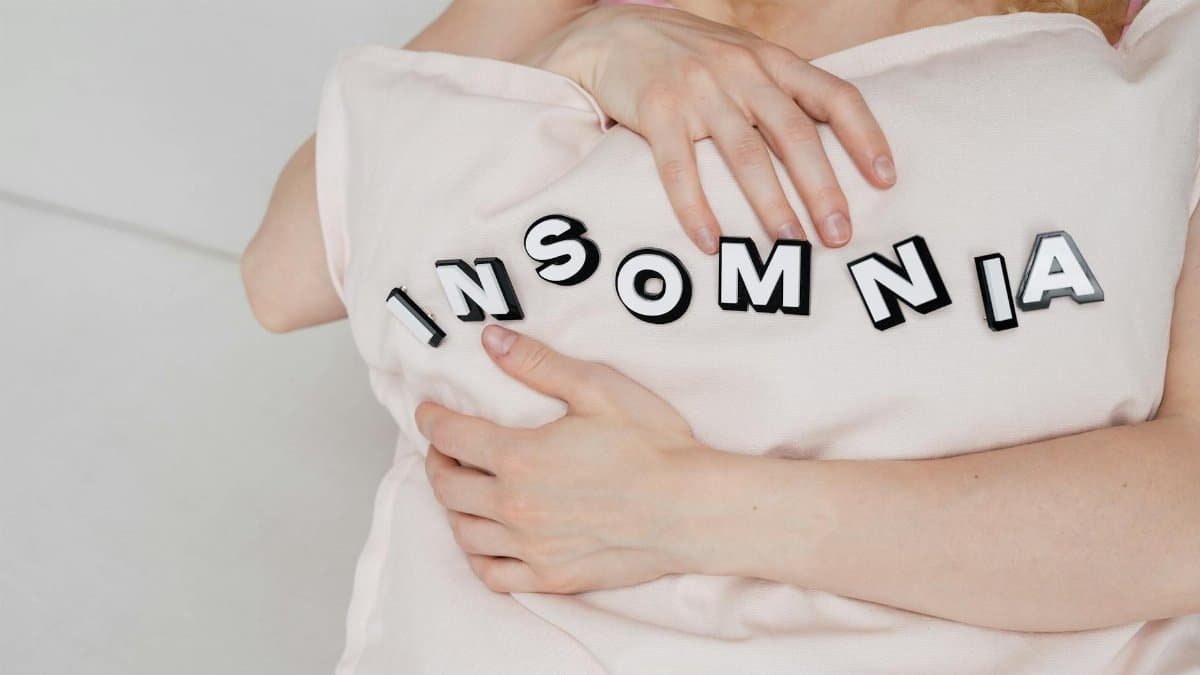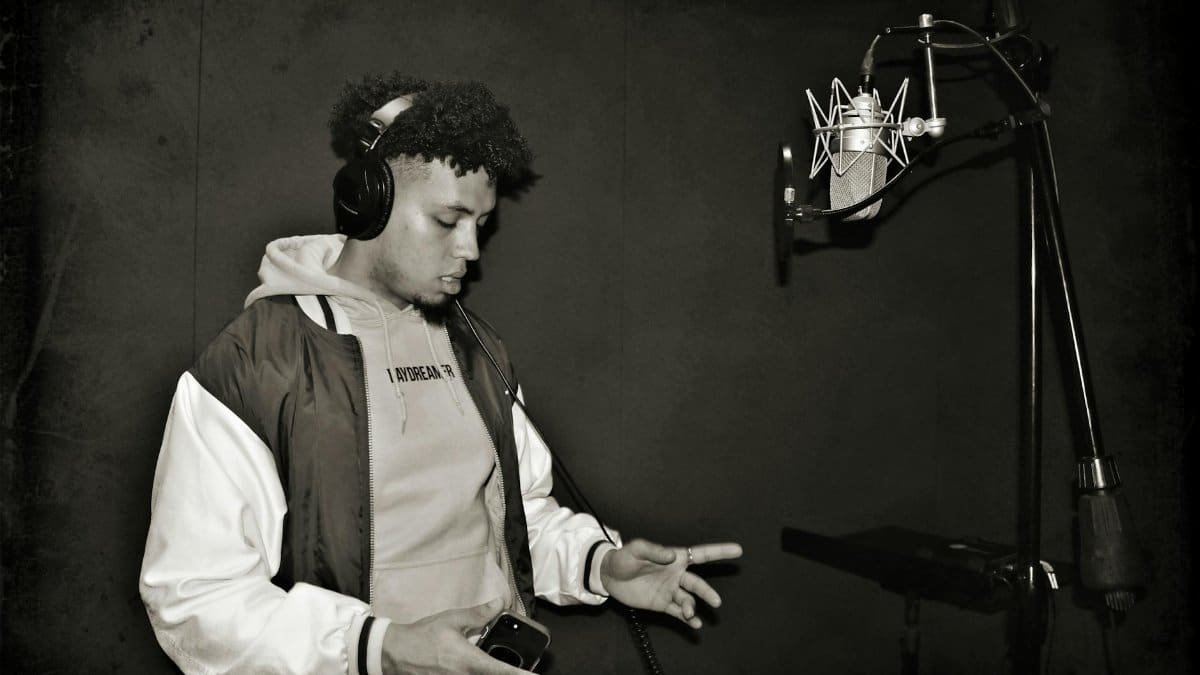Is breath note memos the new frontier in mood tracking? This innovative method, where you exhale while recording short voice memos to capture your tone and tempo, is gaining traction among mental health enthusiasts in 2025. By blending breathwork with self-reflection, users claim it offers a raw, unfiltered glimpse into their emotional state. With stress levels spiking for many Americans, could this simple technique be a game-changer for managing daily well-being? Let’s break down nine specific breath note memos to help you track your mood effectively.
1. Morning Calm Check-In

Start your day with a slow, deep exhale into a 30-second voice memo. Speak softly about how you feel upon waking. The tempo of your breath can reveal lingering stress or a sense of calm. Replay later to notice patterns—does a rushed tone predict a hectic day? This sets a baseline for mood tracking.
2. Midday Stress Snapshot

Around noon, record a breath note memo after a long exhale. Note any tension in your voice as you describe your morning. This quick check-in can highlight triggers like work pressure or personal frustrations, helping you adjust your mindset before the day spirals.
3. Post-Work Wind-Down

After work, exhale deeply and record your thoughts. Focus on how your body feels—tight shoulders, racing mind? Your breath’s rhythm often mirrors emotional fatigue. Listening back can help you decompress and identify if work consistently impacts your mood negatively.
4. Pre-Meal Hunger Mood

Before eating, take a moment for a breath note memo. Exhale slowly and describe your hunger level and emotional state. Research from institutions like the National Institutes of Health suggests hunger can amplify irritability. Tracking this can reveal how food—or lack thereof—affects your emotions.
5. Evening Gratitude Breath

At night, record a breath note memo focusing on gratitude. Exhale gently and name one positive moment from your day. A slower, steadier breath often signals contentment. This practice can shift focus from stress to positivity, aiding emotional balance.
6. Pre-Sleep Anxiety Scan

Before bed, exhale into a memo and voice any lingering worries. A shaky breath or rushed tone might indicate anxiety. Studies summarized by the Centers for Disease Control and Prevention link poor sleep to heightened stress. Tracking this can help you address nighttime tension.
7. Post-Exercise Energy Pulse

After a workout, capture your breath and mood in a quick memo. Heavy breathing paired with an upbeat tone might show an endorphin boost. This recording helps you see how physical activity lifts or drains your emotional state over time.
8. Social Interaction Reflection

After a conversation, record a breath note memo. Exhale and note how the interaction left you feeling—energized or drained? Your breath’s pace can reflect unspoken tension or joy, offering insight into how relationships shape your daily mood.
9. Weekly Mood Recap

End your week with a longer breath note memo. Exhale deeply, then summarize your emotional highs and lows. Listen to the week’s recordings for patterns in tone and tempo. This helps you spot recurring stressors or moments of peace, guiding future coping strategies.
Breath note memos offer a unique, personal way to log emotions through voice and breath. By recording at key moments, you create an audio diary that’s more than words—it’s a direct line to how you felt. Try these nine prompts to build a clearer picture of your mental health in 2025.
